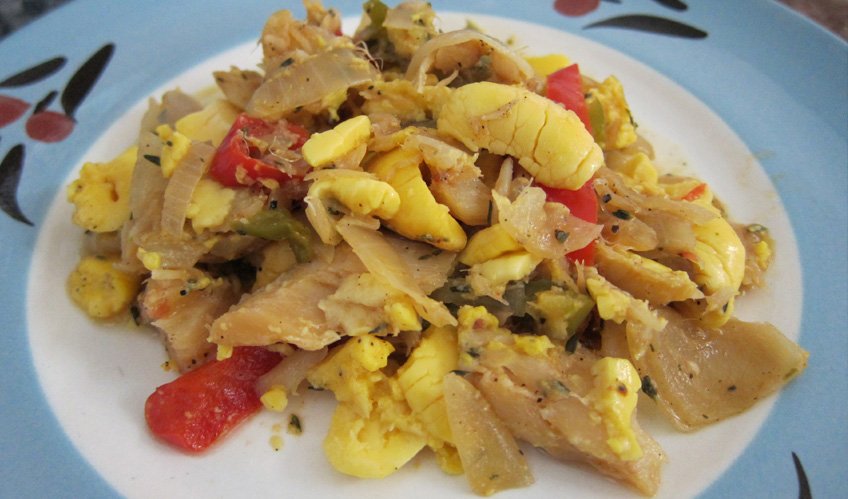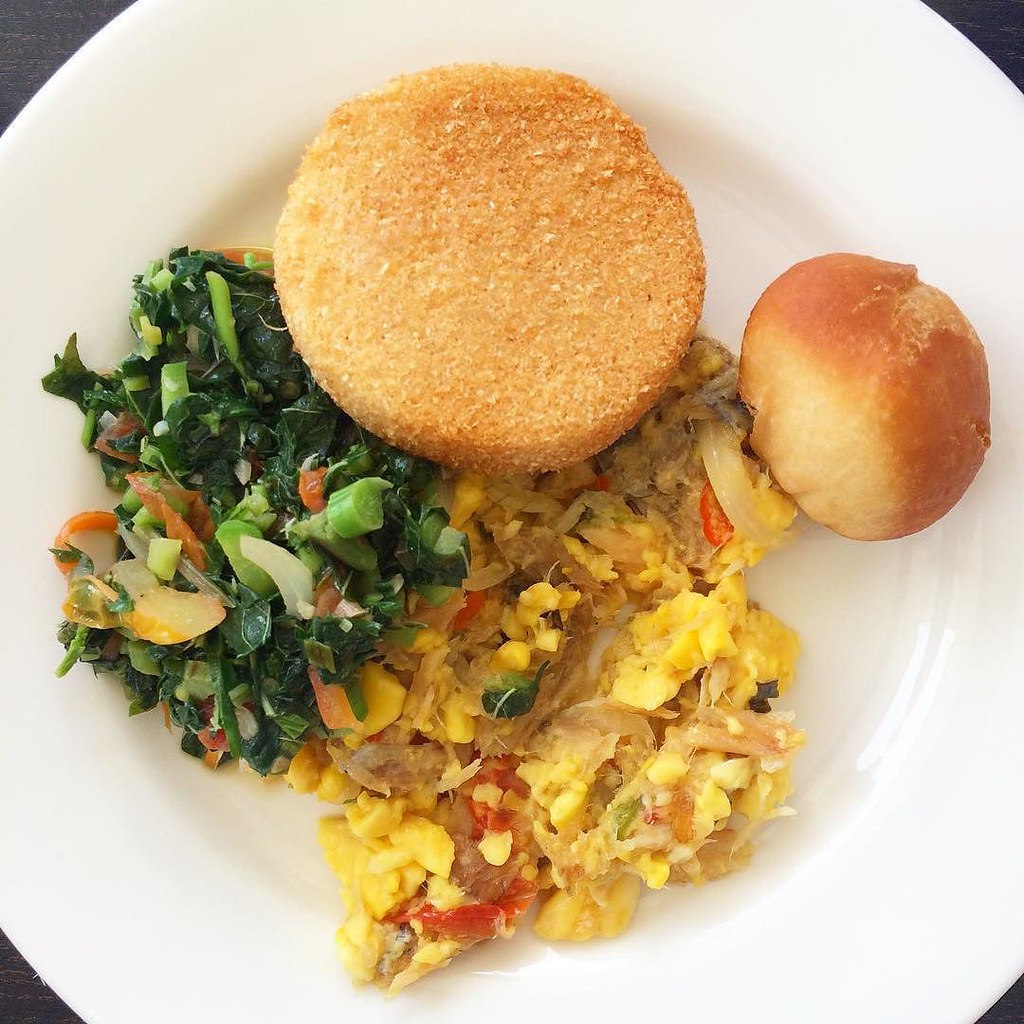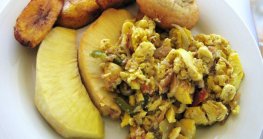Why is ackee & saltfish Jamaica’s national dish?

As synonymous with Jamaica as Bob Marley and jerk chicken, the national dish, ackee and saltfish, can be found across the island in homes and restaurants, and in most major cities in the world where the Jamaican diaspora resides.
An unlikely pair, ackee and saltfish rose to popularity by becoming the ideal ingredients to be served to the slaves by virtue of being nutritional and cheap.
The ackee, prepared and eaten as a vegetable, is in fact a fruit contained and ripened in a hard red skin that contains toxins which can be highly poisonous if they aren't handled correctly.
The origins of ackee and saltfish
Hailing from the African country of Ghana, the fruit is said to have been brought to Jamaica by Captain Bligh and introduced to the plantation owners.
Salt fish or salted cod, on the other hand, came from Europe and traveled across the sea easily because it was cured; to this day it still comes from overseas but now from Canadian provinces such as Nova Scotia, New Foundland, and Labrador.
Although served predominantly as a meal for breakfast, the smooth creamy flavor of the ackee softens the intense saltiness of the fish and when combined with herbs and seasonings, the meal provides a handful of flavors perfect for any time of day.
Perhaps that's why the island’s national fruit is ackee and the national dish is ackee and saltfish!
Best sides for ackee and saltfish meals
Ackee and saltfish are usually served with boiled ground produce such as boiled green bananas, Jamaican dumplings (steamed flour), and boiled yam. In some restaurants, you may even see a clutch of steamed callaloo on your plate.
If you love a bit more fat, ask the chef to prepare ackee and saltfish with fried dumplings or fried bammy.
Now that you've gained some insights into Jamaica's national dish, request it the next time you travel to Jamaica.
© 2019 Jamaica Experiences All Rights Reserved



















